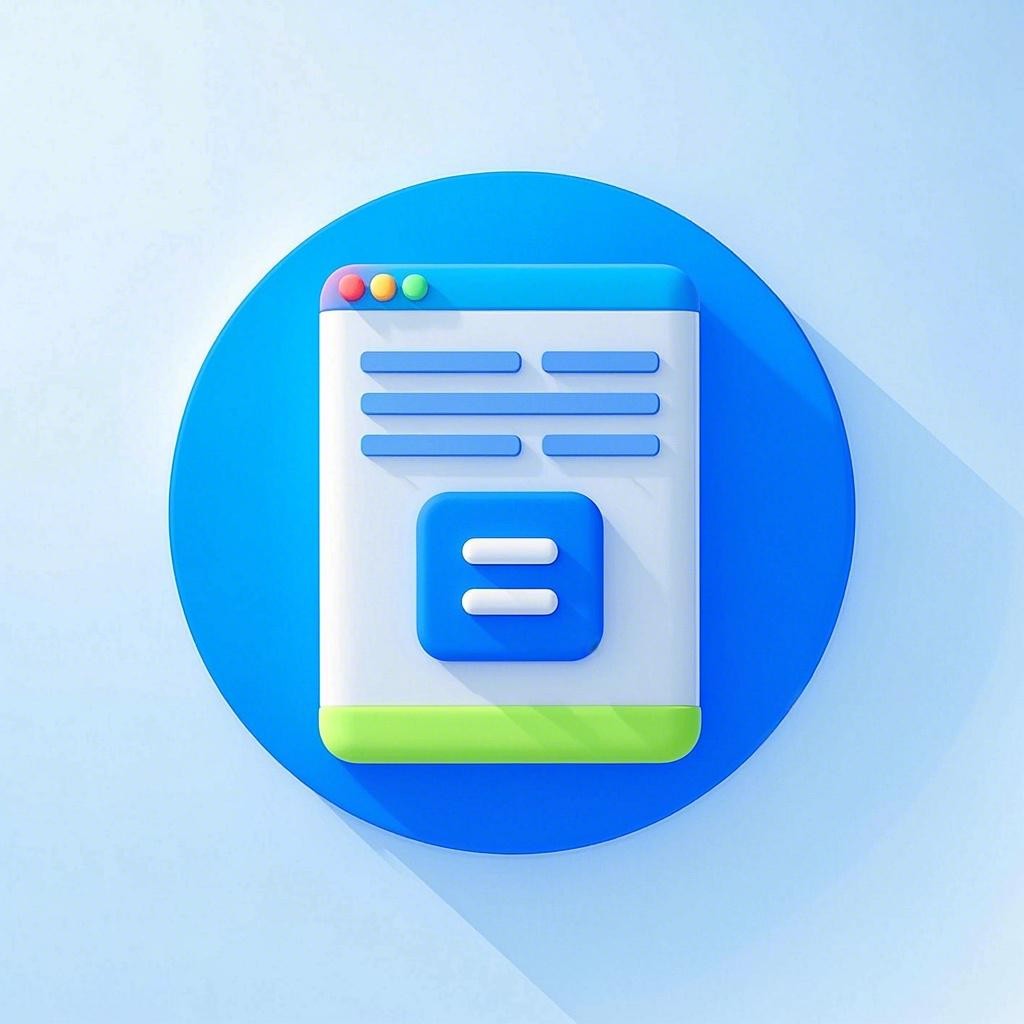引言
随着移动设备和操作系统的多样化,跨平台编程变得越来越重要。跨平台编程允许开发者使用相同的代码库创建适用于多个平台的应用程序,从而节省时间和资源。本文将通过实战案例解析,帮助读者解锁多平台开发的新技能。
跨平台编程框架介绍
在跨平台编程中,选择合适的框架至关重要。以下是一些流行的跨平台开发框架:
1. React Native
React Native 是由 Facebook 开发的一款跨平台开发框架,基于 JavaScript 和 React。它允许开发者使用 JavaScript 和 React 语法编写代码,然后编译成原生应用。
2. Flutter
Flutter 是 Google 开发的一款跨平台 UI 框架,基于 Dart 语言。它使用自己的渲染引擎,可以实现高性能的应用程序。
3. Xamarin
Xamarin 是 Microsoft 开发的一款跨平台开发框架,允许开发者使用 C# 语言编写代码,然后编译成原生应用。
实战案例解析
案例一:使用 React Native 开发天气应用
步骤 1:创建项目
npx react-native init WeatherApp
步骤 2:安装依赖
cd WeatherApp
npm install
步骤 3:编写代码
在 App.js 文件中,编写以下代码:
import React, { useState, useEffect } from 'react';
import { StyleSheet, Text, View, Button } from 'react-native';
const App = () => {
const [weather, setWeather] = useState(null);
useEffect(() => {
fetch('https://api.openweathermap.org/data/2.5/weather?q=London&appid=YOUR_API_KEY')
.then(response => response.json())
.then(data => {
setWeather(data);
});
}, []);
return (
<View style={styles.container}>
<Text style={styles.title}>Weather App</Text>
{weather ? (
<View>
<Text style={styles.weather}>{weather.name}</Text>
<Text style={styles.weather}>{weather.weather[0].description}</Text>
</View>
) : (
<Text>Loading...</Text>
)}
</View>
);
};
const styles = StyleSheet.create({
container: {
flex: 1,
justifyContent: 'center',
alignItems: 'center',
backgroundColor: '#F5FCFF',
},
title: {
fontSize: 20,
fontWeight: 'bold',
},
weather: {
fontSize: 18,
},
});
export default App;
步骤 4:运行应用
npx react-native run-android
案例二:使用 Flutter 开发待办事项应用
步骤 1:创建项目
flutter create todo_app
步骤 2:编写代码
在 lib/main.dart 文件中,编写以下代码:
import 'package:flutter/material.dart';
void main() {
runApp(MyApp());
}
class MyApp extends StatelessWidget {
@override
Widget build(BuildContext context) {
return MaterialApp(
title: 'Todo App',
theme: ThemeData(
primarySwatch: Colors.blue,
),
home: TodoList(),
);
}
}
class TodoList extends StatefulWidget {
@override
_TodoListState createState() => _TodoListState();
}
class _TodoListState extends State<TodoList> {
final List<String> _todos = [];
void _addTodo(String todo) {
setState(() {
_todos.add(todo);
});
}
void _removeTodo(int index) {
setState(() {
_todos.removeAt(index);
});
}
@override
Widget build(BuildContext context) {
return Scaffold(
appBar: AppBar(
title: Text('Todo App'),
),
body: ListView.builder(
itemCount: _todos.length,
itemBuilder: (context, index) {
final todo = _todos[index];
return Dismissible(
key: ValueKey(todo),
onDismissed: () => _removeTodo(index),
child: ListTile(
title: Text(todo),
),
);
},
),
floatingActionButton: FloatingActionButton(
onPressed: () {
showDialog(
context: context,
builder: (context) {
return AlertDialog(
title: Text('Add Todo'),
content: TextField(
onChanged: (value) {
_addTodo(value);
},
),
actions: [
TextButton(
onPressed: () => Navigator.of(context).pop(),
child: Text('Cancel'),
),
TextButton(
onPressed: () => Navigator.of(context).pop(),
child: Text('Add'),
),
],
);
},
);
},
tooltip: 'Add Todo',
child: Icon(Icons.add),
),
);
}
}
步骤 3:运行应用
flutter run
总结
通过以上实战案例,我们可以看到跨平台编程的强大之处。通过使用 React Native 和 Flutter 等框架,开发者可以轻松地创建适用于多个平台的应用程序。希望本文能帮助读者解锁多平台开发的新技能。
